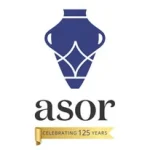
Excavating at the Crossroads: A Mosaic of History
Sarah Harrington, 2023 Stevan B. Dana Scholarship Recipient
The “At the Crossroads: Arameans, Phoenicians and Israelites” project at Tel Abel Beth-Maacah is located in Northern Israel, just south of the Lebanese border. Like today, in ancient times, the Tel was located at an intersection of cultures. Abel Beth-Maacah, or ABM as it is affectionately called by its excavators sits at the Northern extent of the Kingdom of Ancient Israel, and seems at various periods to have been controlled by Israelites and Arameans, with clear Phoenician influences. Textual evidence at this site is limited, but in conjunction with material culture, particularly in the forms of art and pottery, the excavators are able to piece together an understanding of the systems of trade, influence, and interaction that this region of Northern Israel was experiencing in various periods.
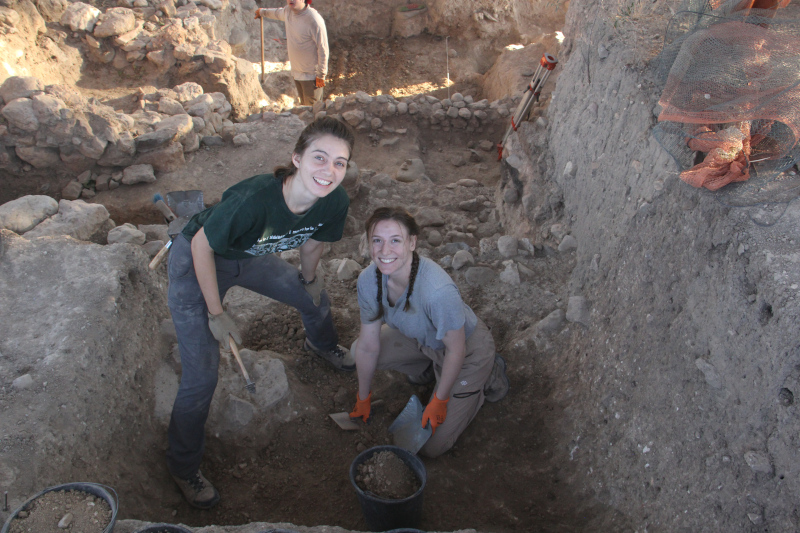
While written evidence for Abel Beth-Maacah is limited, it is not non-existent. The Hebrew Bible mentions the site in a story from the Davidic period. A “wise woman” tells Joab, one of David’s generals, that “long ago they used to say, ‘Get your answer at Abel,’ and that settled it” (1 Samuel 20:18) hinting at some sort of divinatory cult at the site. In support of this idea, the archaeological material has turned up a hoard of 406 knuckle bones, or astragali bones, which were commonly used in divination rituals, from the Iron IIA (Reference). The woman also refers to Abel Beth-Maacah as a “mother in Israel”, tying the city to the Israelite Kingdom (2 Sam. 20:19). Later, the Aramean king Ben-Hadad I would conquer the northern border states of Israel, including ABM and neighboring Tel Dan, a conquest confirmed by the discovery of the Tel Dan stele erected by Ben-Hadad after his victory (1 Kings 15:20). A final piece of textual evidence comes from the site itself, where a theophoric name (a personal name which includes the name of a deity) was found on a jar in a massive storage building. Theophoric names rose to prominence in the Iron II in the Southern Levant. For ancient Israel, these are called “Yahwistic names” as they include the name of the god Yahweh. The presence of such a name suggests an Israelite presence at the site during this period.
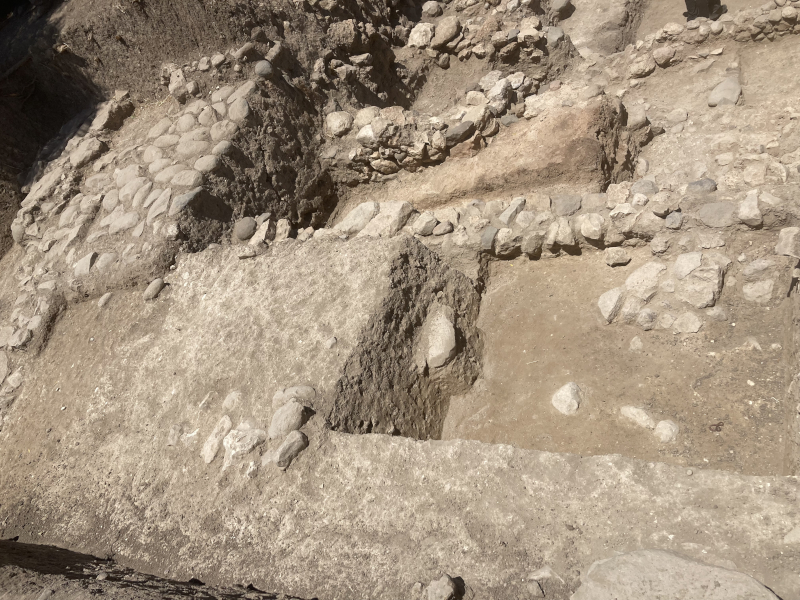
While evidence such as names and material culture can give insight into who lives at a site during a given period, archaeologists still must proceed with caution. The Iron Age Levant was interconnected. As discussed above, political boundaries shifted, especially near borders. It was not uncommon for things like personal names or pottery styles to shift in order to give the owner a social or economic advantage. To the west, Phoenicians on the Levantine coast were trading widely in the Mediterranean during the Iron II.
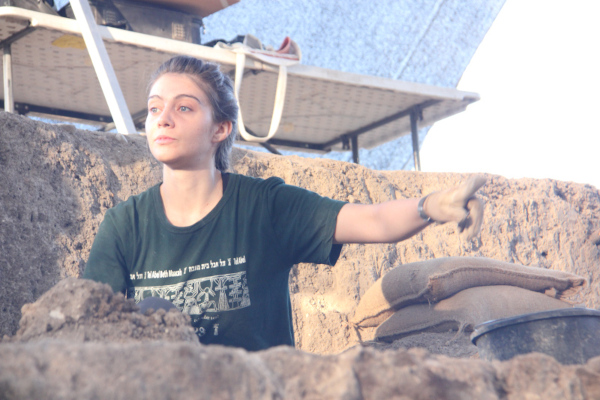
At Abel Beth-Maacah, evidence for Phoenician trade is seen in the Phoenican style pottery, such as a Phoenician Bi-chrome jar, as well as a seal bearing the impression of a Phoenician ship. The seal could have been used practically, but may have also been a prestige item. It is shaped like a lotus flower, a distinctly Egyptianizing art feature, again pointing to the interconnectedness of art and trade in this period. Phoenician material culture at the site is a good example of how archaeologists must be careful when interpreting data. While it is not unlikely that some Phoneincians did reside at ABM, the presence of Phoenincian pottery does not have to mean the owners were “Phoenician,” especially when knowledge of Phoenician trade patterns is considered. People and materials were moving widely through the Levant and the Ancient Near East, and it is not surprising that the material culture reflects this.
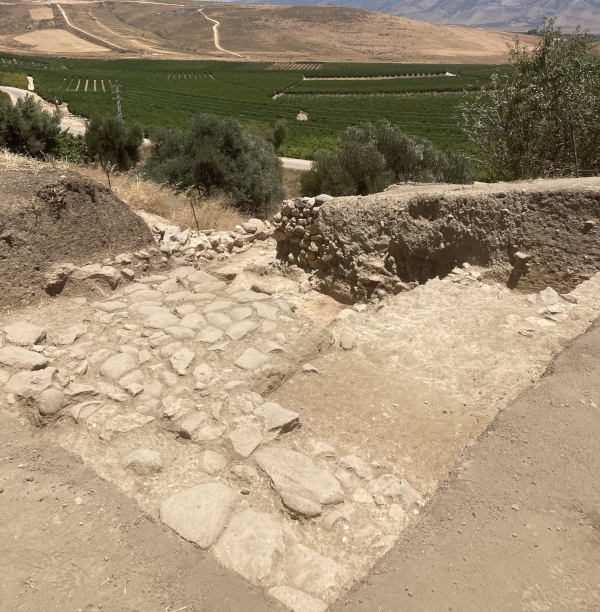
These issues are particularly relevant for a border site like Abel Beth-Maacah. Because the ancient world was interconnected and fluid, archaeologists must connect together evidence from texts, archaeology, and art, from their own excavations and others, to piece together an understanding of the past.
For more information, please visit our website: www.abel-beth-maacah.org
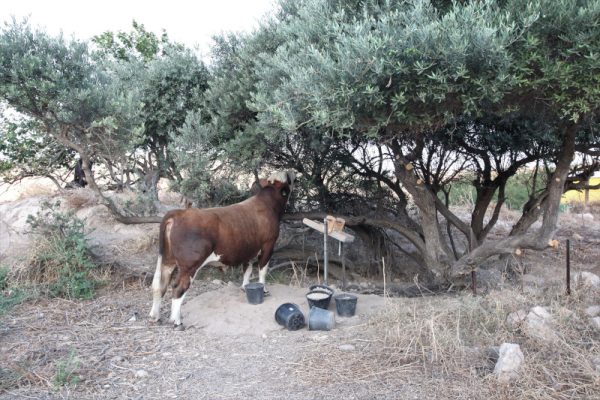
Sarah Harrington is a Ph.D. Student in Levantine Archaeology at UCLA. She is researching rituals of the Ancient Near East and the archaeological material associated with them. This summer she was an Assistant Area Supervisor in Area A Downtown at Tel Abel Beth-Maacah.
Latest Posts from @ASORResearch
Stay updated with the latest insights, photos, and news by following us on Instagram!
American Society of Overseas Research
The James F. Strange Center
209 Commerce Street
Alexandria, VA 22314
E-mail: info@asor.org
© 2023 ASOR
All rights reserved.
Images licensed under a Creative Commons Attribution-NonCommercial-ShareAlike 4.0 International License
COVID-19 Update: Please consider making payments or gifts on our secure Online Portal. Please e-mail info@asor.org if you have questions or need help.

